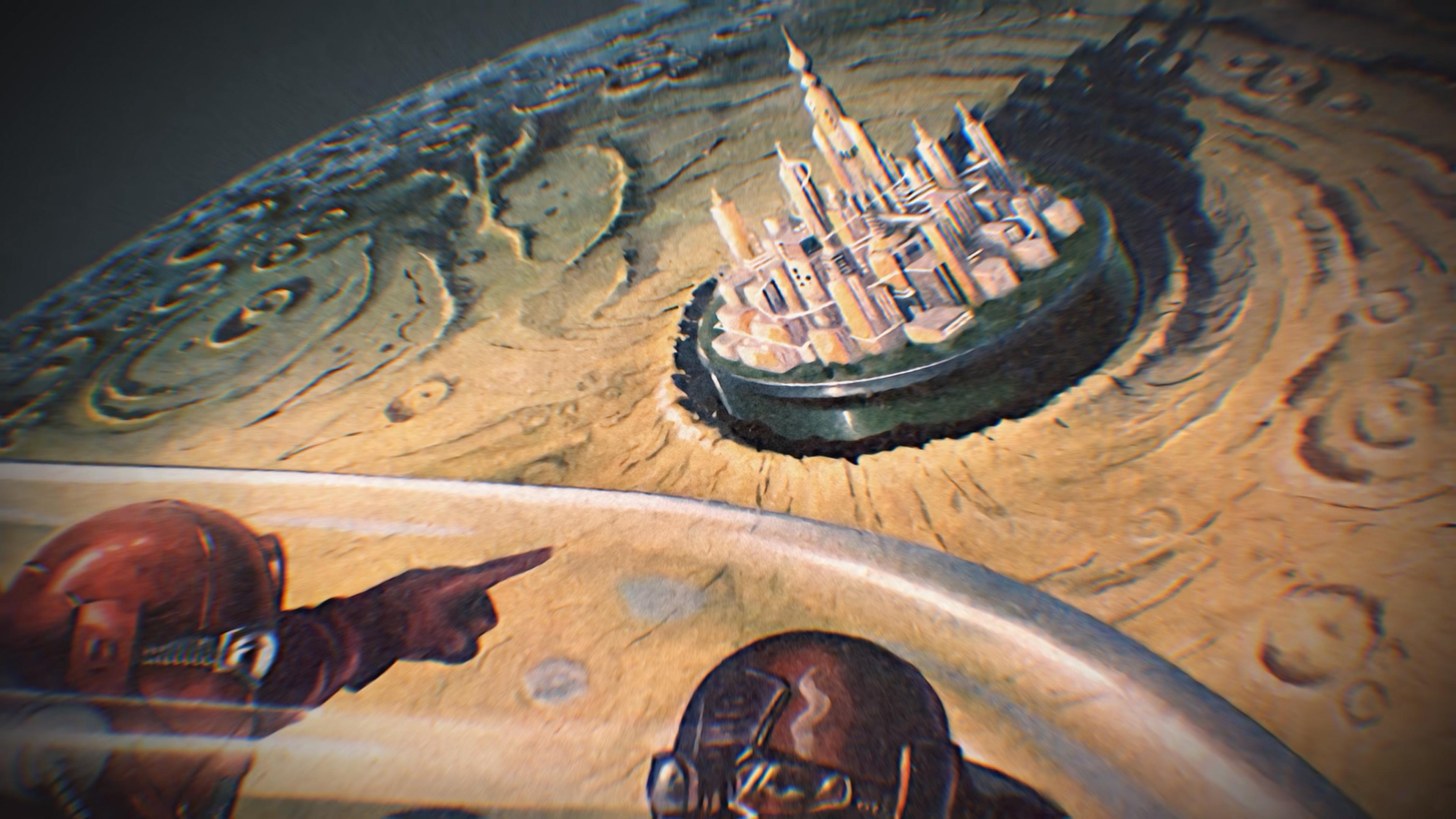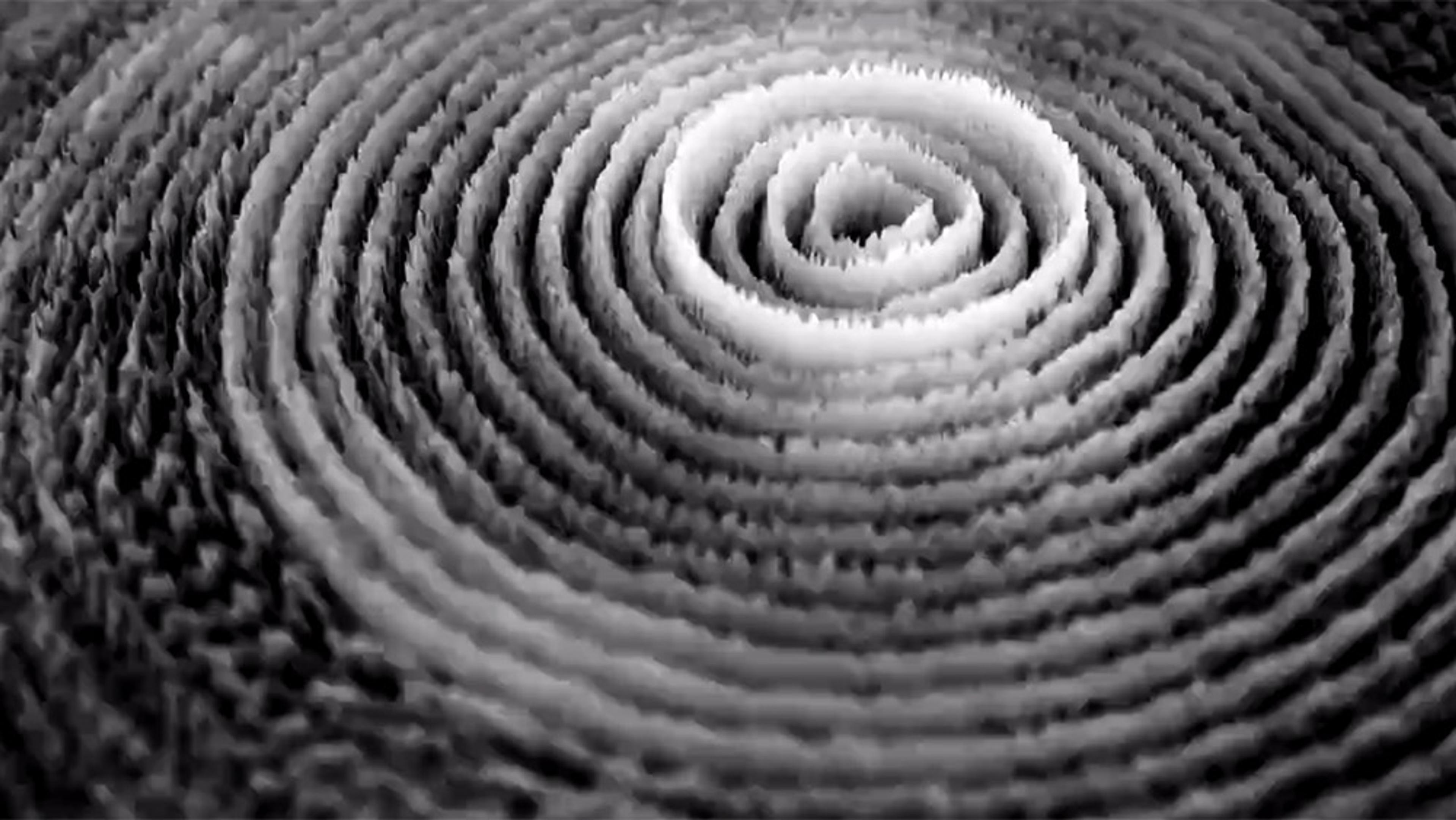Chile’s Atacama Desert, home of the massive ALMA (Atacama Large Millimeter Array) telescope, is the place on Earth most like Mars. Made up of 66 massive antennae atop a high plateau in the Atacama, ALMA ranks alongside the Large Hadron Collider in Switzerland and the International Thermonuclear Experimental Reactor in France as one of humanity’s most massive, international scientific collaborations. The sophisticated telescope system uses radio frequencies to detect millimetre wavelengths instead of relying on visible light, looking back through billions of light years to uncover the make-up of massive dust clouds and galaxies. In time, scientists believe the project will revolutionise our understanding of the origins of our own solar system, stars, and galaxy.
How scientists at the ALMA telescope in Chile decode the secrets of the cosmos
Director: Jonathan de Villiers
Website: NOWNESS

videoAstronomy
Experience the eerie serenity of 100,000 asteroids in orbit
3 minutes

videoAstronomy
What our eyes miss in the sky – stargazing beyond the visible light spectrum
3 minutes

videoCosmology
Building ‘bigger and better’ has pushed cosmology forward. Can it take it any further?
7 minutes

videoSpace exploration
Burning ice, metal clouds, gemstone rain – tour the strangest known exoplanets
31 minutes

videoSpace exploration
Embark on an operatic, interactive journey to a witness the birth of a star
6 minutes

videoAstronomy
The history of astronomy is a history of conjuring intelligent life where it isn’t
34 minutes

videoEarth science and climate
Magnetic and majestic: visualising the powerful storms hidden from human view
5 minutes

videoCosmology
A journey from the Himalayas to the edge of our cosmic horizon in space and time
7 minutes

videoAstronomy
How pigeon droppings nearly derailed a massive discovery in cosmology
3 minutes